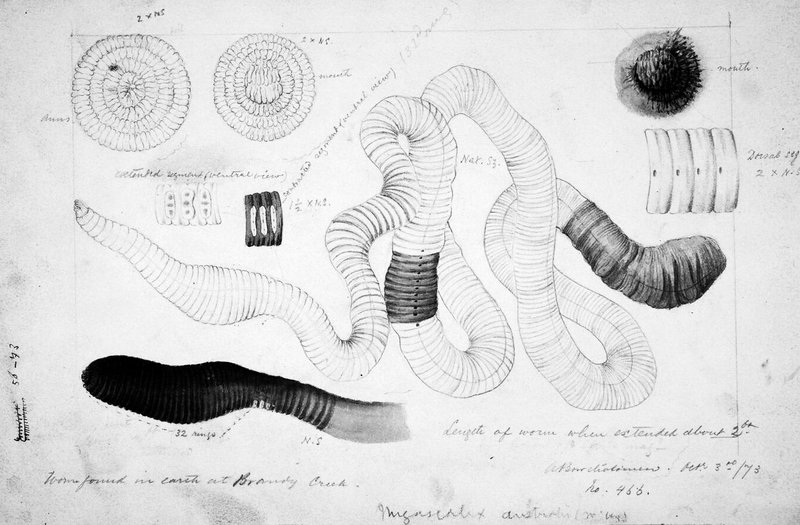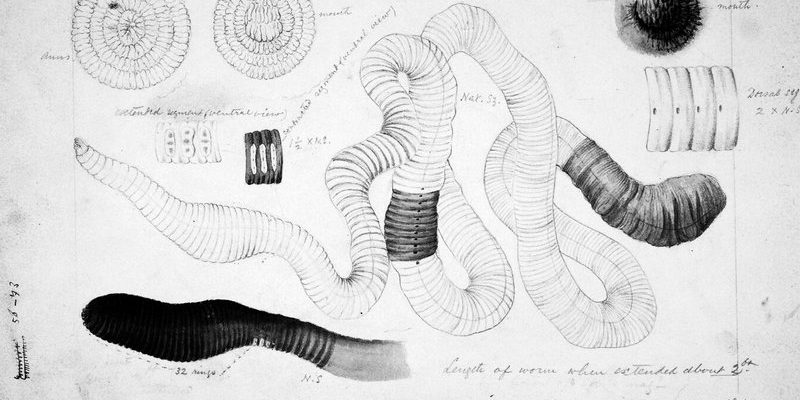
These fascinating creatures are native to a particular part of Australia, primarily found in the Gippsland region of Victoria. Imagine a sprawling underground kingdom where these earthworms live, helping to aerate the soil and nourish the ecosystem. This article will cover everything you need to know about the documented range and distribution of the Giant Gippsland Earthworm, revealing why it matters to our environment and how it’s been uniquely adapted to its home.
Where Are Giant Gippsland Earthworms Found?
The documented distribution of the Giant Gippsland Earthworm is quite specific. They primarily thrive in the Gippsland region of Victoria, Australia. This area is characterized by lush pastures and rich, moist soils, which create an ideal habitat for these giant worms. If you’ve ever taken a road trip through Gippsland, you might have seen fields dotted with cattle and surrounded by beautiful scenery; this is their home—a place where the combination of climate and soil creates the perfect recipe for these earthworms to flourish.
The earthworms tend to prefer areas with a good layer of organic matter, like decomposing plant material. They can be found in the top soil layers, often burrowing deep into the earth. It’s fascinating to think about how these worms spend their lives below the surface, creating tunnels that help with drainage and soil health.
Habitat Characteristics
Giant Gippsland Earthworms thrive in specific habitats, making them quite unique. The soil in their natural environment is usually clayey and moist, which helps keep them hydrated. Think of it as their personal water reservoir! These earthworms also need a cooler climate; they’re not fans of extreme heat or freezing temperatures. The unique blend of moisture and temperature in Gippsland creates a welcoming home that allows them to grow to impressive sizes.
Their habitat is not just a physical space but also a miniature ecosystem. The worms contribute to the health of the soil, promoting nutrient cycling and enhancing plant growth. It’s like they’re the unsung heroes of agriculture, often unnoticed but vital for the land’s productivity.
How Far Do They Extend Beyond Gippsland?
While the Giant Gippsland Earthworm is mainly found in its native region, there have been reports of sightings outside Gippsland, though they’re quite rare. These sightings often spark curiosity, but they are generally isolated incidents. The reasons for this limited spread can be complex.
For starters, these worms have a very specific set of environmental needs. They thrive with the right moisture levels and soil types that are plentiful in Gippsland but may not be found elsewhere. Additionally, if they try to move to new areas, they face competition from other species and potential threats to their survival, like predators and habitat destruction.
Imagine trying to grow a specific type of plant in soil that’s not suited for it. Just like that plant, the Giant Gippsland Earthworm flourishes only in specific conditions, making its distribution quite limited. Conservation efforts are focused on protecting their natural habitat to ensure these remarkable creatures don’t face extinction.
Importance of Habitat Protection
Given their limited range, the conservation of the Giant Gippsland Earthworm’s habitat is crucial. Many organizations and researchers are working diligently to study these worms and understand their role in the ecosystem better. Protecting their habitat ensures not only the survival of the worms but also the health of the soil and agricultural productivity in Gippsland.
In addition, by preserving their habitat, we can maintain biodiversity. Every species has its role in the ecosystem, and losing one can have ripple effects. The Giant Gippsland Earthworm may be just one component, but they’re a significant one, acting as natural tillers of the earth, breaking down organic matter, and enhancing soil fertility.
Life Cycle and Behavior
Knowing about the documented range of the Giant Gippsland Earthworm is great, but understanding their life cycle and behavior adds even more depth to their story. Like many earthworms, these giants have a fascinating life cycle that involves several stages, starting from egg to hatchling and finally to adult worms.
Their life begins when adult worms lay eggs in protective cocoons. The babies emerge after a few weeks, ready to start their journey underground. As they grow, they develop an essential role in the ecosystem, helping to improve soil structure and drainage as they burrow. Isn’t it amazing how such a small beginning can lead to such big impacts?
You might also wonder about their behavior. Giant Gippsland Earthworms are primarily nocturnal, meaning they’re most active at night. During the day, they retreat deep into their burrows to avoid the sun and potential predators. This behavior helps them stay moist and protected, allowing them to live in a delicate balance with their environment.
Why Does the Giant Gippsland Earthworm Matter?
You might still be thinking, “So what? It’s just an earthworm!” But here’s the thing: the Giant Gippsland Earthworm plays a crucial role in maintaining the health of the soil in which it lives. By aerating the earth and breaking down organic matter, they help improve soil fertility and structure. This process ultimately leads to healthier plants and better agricultural yields.
Imagine having a garden that blooms beautifully—much of that success can be traced back to the hard work of earthworms like the Giant Gippsland. Without them, our soils can become compacted, leading to less productive crops and more challenging growing conditions. It’s like a chain reaction in nature; each species has its part to play, and the earthworm’s role is vital.
In addition to their ecological importance, they have sparked interest and research among scientists, naturalists, and students alike. Their existence leads to initiatives aimed at educating people about soil health and conservation. Isn’t it cool how one earthworm can inspire so much curiosity and action?
Conservation Efforts and Future Outlook
With a range that’s so limited, it’s crucial to discuss conservation efforts regarding the Giant Gippsland Earthworm. Organizations and local communities are stepping up to ensure their habitat is protected. Initiatives aim to restore damaged lands, create awareness about these unique worms, and conduct research to monitor their populations.
One significant challenge for conservationists is managing land use. As agriculture expands, the habitats of these earthworms can become threatened. It’s a delicate balance between farming, urban development, and preserving natural habitats. Local governments and conservation groups are collaborating to find sustainable solutions that allow agriculture to thrive while protecting the habitats of these essential creatures.
Looking into the future, the outlook for the Giant Gippsland Earthworm largely depends on continued efforts in habitat protection and community engagement. If we can raise awareness about these fascinating worms and their ecological role, we can work toward a more sustainable environment that supports both agriculture and biodiversity.
In conclusion, the Giant Gippsland Earthworm is a unique species that demonstrates the interconnectedness of life in our ecosystems. By understanding their range and distribution, we can appreciate their role and work towards protecting them for generations to come. So, the next time you’re out and about, think about what’s happening beneath your feet—there might just be a giant earthworm wiggling away, doing its part to keep our world healthy!

